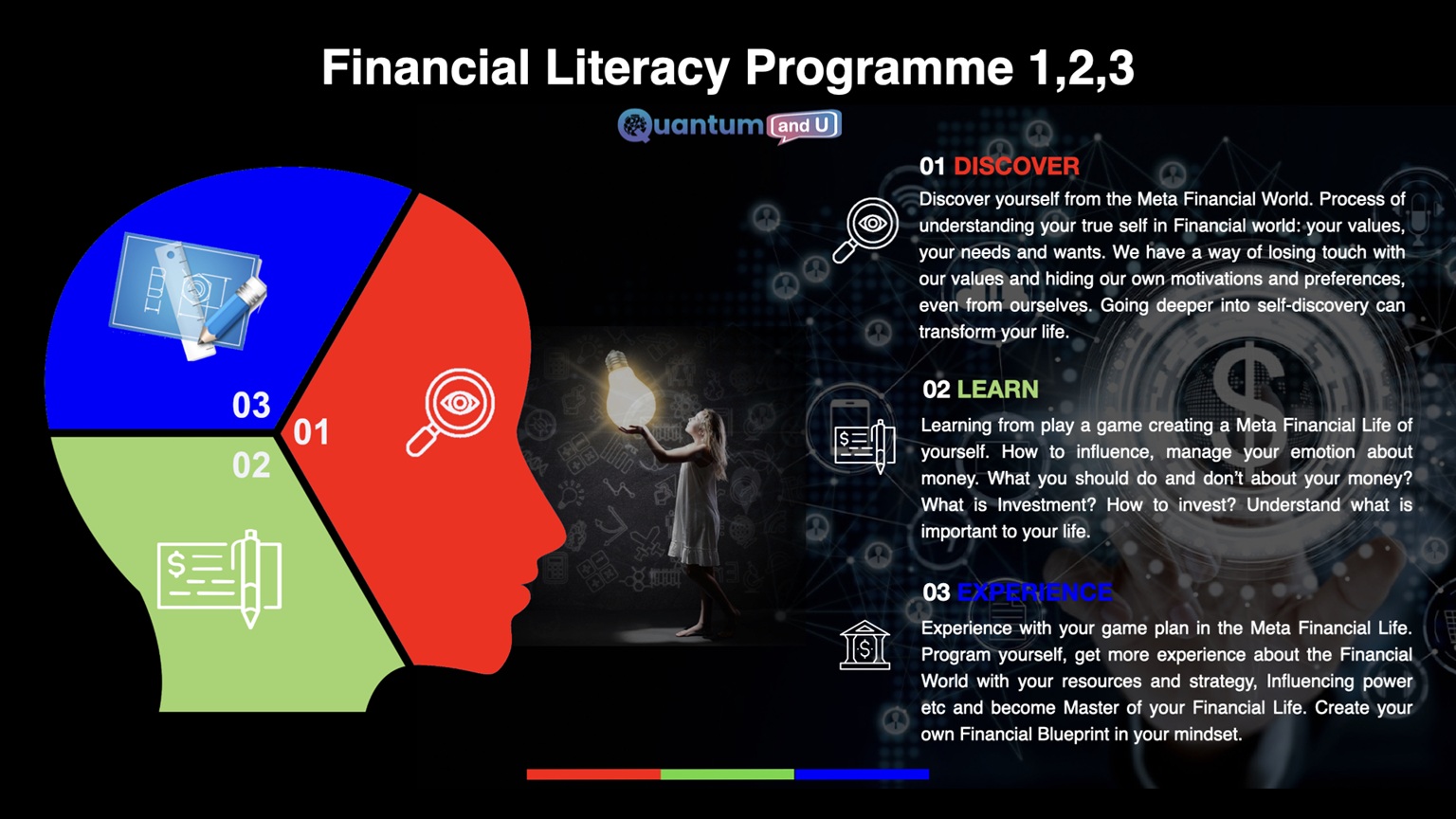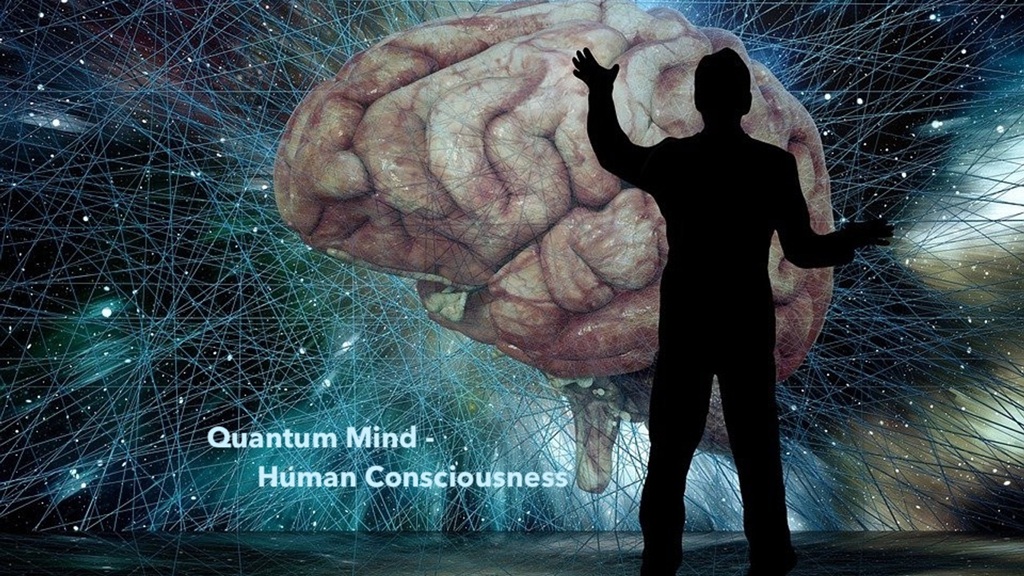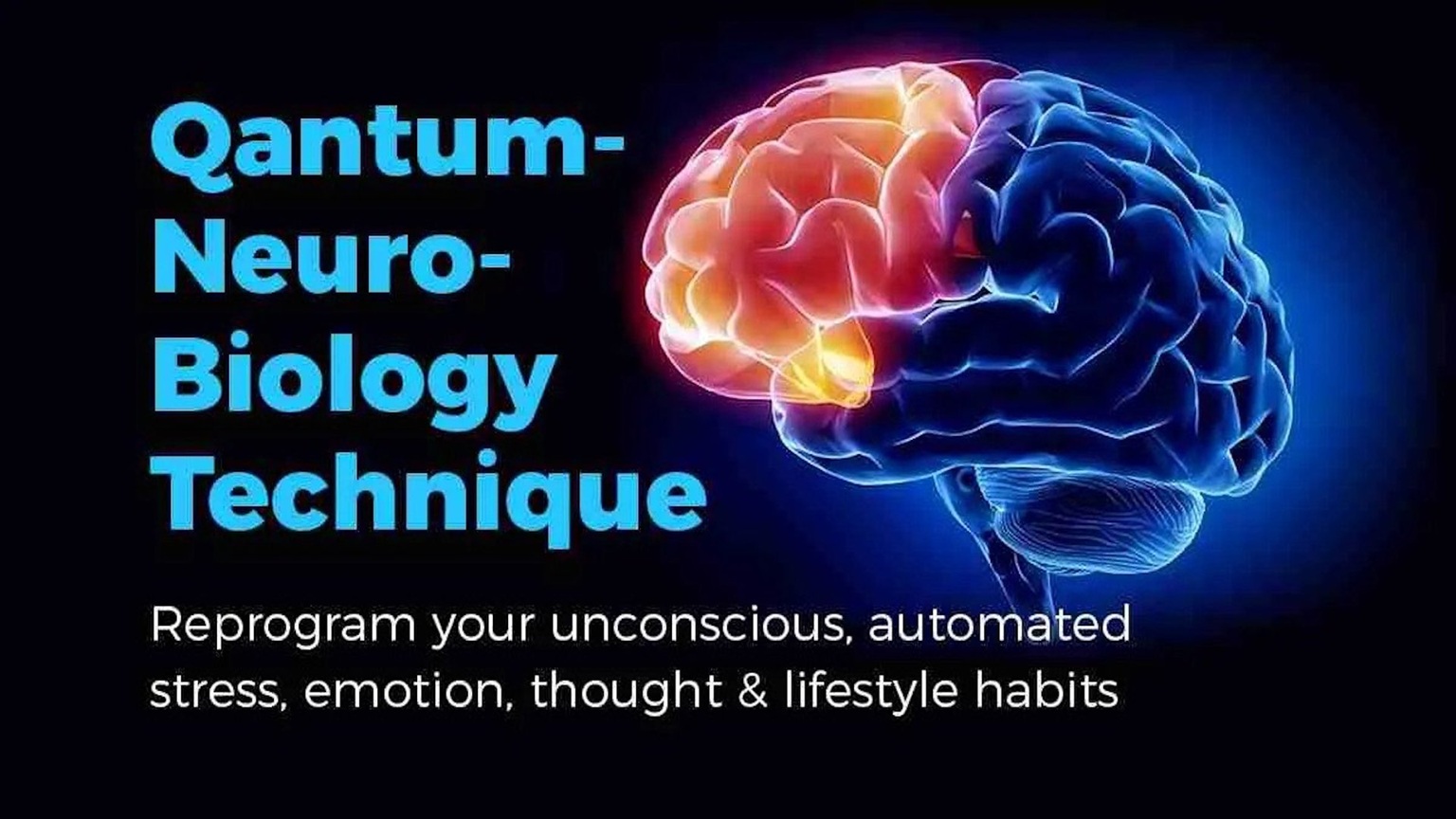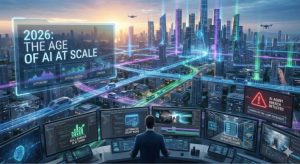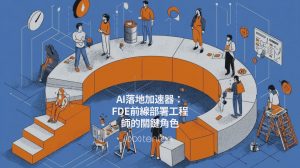2026 Predictions: AI Automates Knowledge Work, Autonomous Robots & AI CEO Billionaires
The Moonshots podcast predicts 2026 as the year AI acceleration becomes undeniable. Expectations include: AI automating 90% of knowledge work, achieving Level 5 autonomy in robots and vehicles, solving Millennium Prize math problems, and enabling 18-year-old billionaires through new technologies. Space race intensifies between Bezos and Musk, while age reversal enters human trials. Education splits between credential factories and agency-focused models for an AI-native world.

